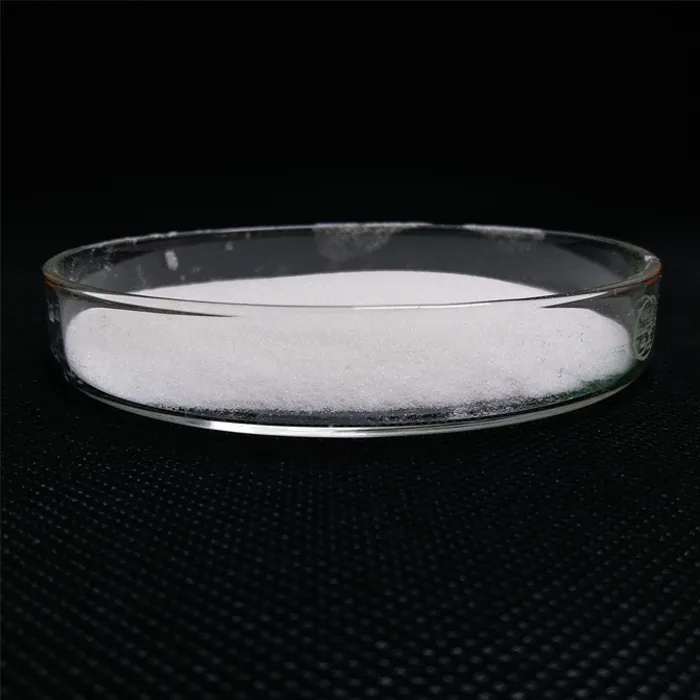Adsorption Processes for Water Treatment
Water is essential for life, yet access to clean and safe drinking water remains a challenge in many parts of the world. One of the most effective methods for purifying water is adsorption, a process that involves the adherence of molecules from a liquid phase onto a solid surface. This method has gained significant attention due to its efficiency, cost-effectiveness, and versatility in removing a wide range of contaminants from water.
Understanding Adsorption
In the context of water treatment, adsorption is a physical or chemical process where contaminants such as heavy metals, organic compounds, and pathogens are captured on the surface of an adsorbent material. Common adsorbents include activated carbon, zeolites, clays, and various biosorbents derived from natural materials. The choice of adsorbent depends on the specific contaminants present in the water, as well as the desired removal efficiency.
Mechanisms of Adsorption
Adsorption can occur through different mechanisms, primarily governed by intermolecular forces. The two main types are
1. Physisorption This is a reversible process driven by weak van der Waals forces. It occurs at relatively low temperatures and is characterized by the adsorption of molecules on the surface of the adsorbent without significant changes to the chemical structure.
2. Chemisorption In contrast, chemisorption involves the formation of strong chemical bonds between the adsorbate and the adsorbent, making this process often irreversible. Chemisorption generally occurs at higher temperatures and is associated with more significant changes in the adsorbate's chemical structure.
Applications in Water Treatment
Adsorption processes are used in various water treatment applications, including
- Removal of Heavy Metals Heavy metals like lead, cadmium, and mercury are toxic even at low concentrations. Adsorption using materials such as activated carbon and specific metal oxides has proven effective in reducing these contaminants in drinking water.
- Organic Contaminants Volatile organic compounds (VOCs), pesticides, and pharmaceuticals can persist in water supplies, posing health risks. Adsorbents are specifically engineered to target these compounds, providing an effective removal method.
- Microbial Contaminants Adsorption can also minimize the presence of bacteria and viruses in water
. Certain adsorbents have surface properties that enhance their ability to attract and trap microbial cells.adsorption processes for water treatment pdf

Advantages of Adsorption
The adsorption process offers several advantages
- Cost-Effectiveness Many adsorbents, such as activated carbon, are readily available and can be produced at relatively low costs. This makes the process economically feasible for large-scale applications.
- Simplicity and Flexibility The adsorption process can be easily integrated into existing water treatment systems. It requires minimal energy compared to other methods such as reverse osmosis.
- High Efficiency Adsorption can achieve high removal efficiencies for a wide variety of contaminants, often exceeding those of other treatment methods.
Challenges and Considerations
Despite its advantages, there are challenges associated with the adsorption process
- Saturation of Adsorbents Over time, adsorbents can become saturated with contaminants and may require regeneration or replacement. This necessitates a careful consideration of the operational lifespan of the adsorbent material.
- Regeneration Techniques While some adsorbents can be regenerated, the processes can be complicated and may not be environmentally friendly.
- Selectivity Some adsorbents may not be selective, leading to the potential leaching of adsorbed contaminants back into treated water.
Conclusion
Adsorption processes play a vital role in the realm of water treatment, providing a versatile solution for addressing diverse contaminants. As the demand for clean water continues to escalate, ongoing research is essential to optimize existing adsorbent materials and develop new ones. Innovations in nanotechnology and biomaterials hold promise for advancing adsorption techniques further, ensuring that safe and clean drinking water remains accessible for all. By addressing current challenges and enhancing the efficacy of adsorption processes, we can contribute to the global effort towards sustainable water management.

